When I do my write ups for destinations I have visited, I always add tips, important safety information, and a soliloquy from Hamlet. Often times these safety tips revolve around the possibility of a dangerous animal encounter. Since I am frequently in the tropics or at least often in the southern United States, poisonous snakes are a theme to many of these warnings.
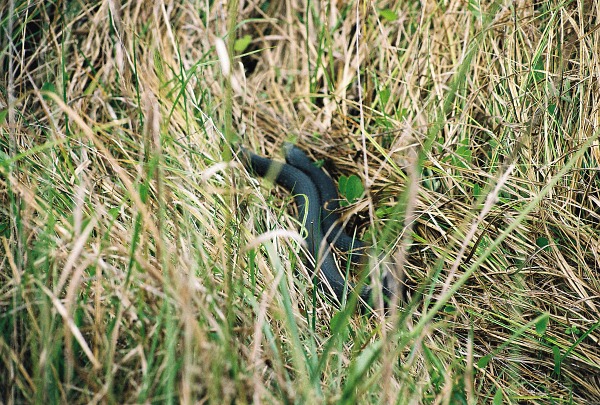
One of the few poisonous snakes I have encountered while adventure traveling – Water moccasin – Panther National Wildlife Refuge – Florida
To warn about poisonous snakes or not to warn that is the question?
Invariably, someone will make a comment about the hazard. “I hate snakes,” “Soooo afraid of snakes,” or merely “yikes” are some of the common responses I get to these travel tips and warnings. This presents a predicament and makes me wonder if I should even bother including. I sometimes ponder that the travel warning is installing unnecessary fear and negating the effect of the post in regards to inspiring people to follow in my footsteps. On the other hand, to not include could be considered negligent.
The reason I feel like sometimes I am doing a disservice by mentioning snakes is the threat is way overblown and even mentioning them inflames people’s phobias and paranoia. I have been all over the globe these last couple years in some very so called snake infested areas, and I have only seen one poisonous snake in the last year and only a handful in my life.
Snakes will do their best to avoid people at all costs. Adventure travel is not like the Garden of Eden. There are no snakes to welcome, tempt, or threaten you as soon as you step in the jungle. Snakes know as a survival skill that when they encounter mankind, they are overwhelmingly the loser. Many people kill snakes on sight. It is basic snake instinct to slither away at the mere hint of human presence.
Venomous snakes are almost everywhere
Since most of the cool outdoor adventure places in the world involve the possibility of at least one kind of venomous snake, you need to be aware of them, but not obsessed with terror. Unless you decide you only want to travel to New Zealand, Ireland, and northern Canada, you will have to face the fear of hiking in snake country and the possibility of an encounter.
In order to put your mind at ease, below I am going to outline the places I have traveled in snake country and list the kinds of dangerous serpents that one may encounter there and the number of venomous snakes that I saw when I traveled there.
Guyana
80% of Guyana is covered in rainforest, so you can imagine it is a venomous snake delight. The feared bushmaster, perhaps the most poisonous snake in the world, inhabits these jungles as well as 6 different kinds of coral snakes, several vipers, and the dreaded fer de lance. Yes, a virtual smorgasbord of deadliness awaits the fearless explorer in these jungles. I spent a week there exploring the Iwokrama Rainforest and Kaieteur Falls among other places, and I saw not even one snake.
Costa Rica
I spent 10 days in Costa Rica trekking through Corcovado National Park and Manuel Antonio National Park. Home to the fer de lance, pit viper, and coral snakes. I came across zero poisonous snakes in my adventures. Pura vida to no snakes.
Big Bend National Park
I hiked three days in the Chisos Mountains and the Chihuahuan Desert earlier this year and over 25 years ago. Home to four rattlesnake varieties with the western diamondback rattlesnake being the most common and the most deadly. I saw one non poisonous snake on my most recent trip and not one dangerous snake on either trip.
Great Smoky Mountains National Park
The Great Smoky Mountains National Park boasts copperheads, water moccasins, and timber rattlesnakes. I have visited this park over ten times in the last 30 years, and I have hiked hundreds of miles of trails in the park. I did see one copperhead on a trail in some dead leaves by the side of the trail. He did not move an inch, and we easily walked around him.
Khao Yai National Park and Thailand
I have spent a week in Khao Yai on two separate visits and additional time in Chiang Mai, Lumpini Park in Bangkok, and a spell near the Myanmar border. When you enter Khao Yai, there is a cobra crossing sign. Besides several types of cobras, Thailand is also home to kraits, coral snakes, and several kinds of pit vipers. I have not seen one cobra crossing the road or trail during my time in Thailand, nor have I seen any of the other varieties of poisonous snakes.
Borneo
I spent five days in Borneo visiting Bako National Park and Gunung Gading National Park. Home to a similar brew of sinister snakes as noted in Thailand. I saw not one serpent in my treks on this pristine Malaysian super island.
Grand Canyon and Zion National Park
I visited these two amazing parks and hiked for three days in each. Each is home to the western diamondback and the Grand Canyon is home to the Grand Canyon rattlesnake. I saw two harmless snakes in the Grand Canyon and no poisonous ones in either location.
Everglades National Park and the whole state of Florida
Florida is ground zero for poisonous snakes in the United States. Everglades and Big Cypress in the south are the epicenter of the action, but dangerous snakes can be found throughout the state. Florida features water moccasins, coral snakes, several kinds of rattlers, and copperheads. Copperheads are not water snakes and are only found in a small sliver of the northern part of the state.
I have canoed, kayaked, and hiked extensively in this state for many years from the Everglades to some northern rivers and parts in between. For all the time I have spent in Florida, I have only seen a couple of water moccasins. I almost stepped on one earlier this year in the Panther National Wildlife Reservation (see lead two pictures above).
Ozark Scenic Rivers including Current, Jack’s Fork, Black River and Buffalo National Scenic River in Arkansas
I am lumping together the canoeing and camping I have done in the Ozarks in Missouri and Arkansas. I have spent months in this area ever since childhood. The area is well known for a healthy poisonous snake population featuring pretty much the big four for the U.S. with coral, copperhead, several varieties of rattlesnakes, and water moccasins. In all my time frolicking in the lakes, rivers, forests, and mountains in this area, I have only seen one copperhead and perhaps two water moccasins. The copperhead was wrapped up on a tree overhanging the river, and hundreds of tubers passed it on the Black River. Water moccasin were on a rock sunning themselves in the middle of the Buffalo River.
Lessons on snakes from my travels
For all the time I have spent in the outdoors in perfect snake environments, I have only seen two copperheads and 3-4 water moccasins. I have never seen a rattlesnake, coral snake, or any poisonous snake overseas.
I think there are two truths one can derive from my experiences adventure traveling. One, poisonous snakes are seldom seen by human beings and not as common a threat as one would think; two, if you spend enough time outdoors in areas inhabited by venomous snakes, you will eventually come across one.
Safety tips for avoiding snake bites
Since a snake encounter is inevitable the longer you trek, below are some tips on how to stay safe in poisonous snake country.
- Number 1, do not handle for any reason – Leave them be
- Do not even handle a dead snake – Reflex actions could still lead to a bite
- Refrain from putting your hand in areas where you cannot see like holes in the ground or rock crevices
- Do not walk barefoot, especially at night in areas where poisonous snakes are common
- Wear hiking boots or boots that cover your ankles
- Look in front of you when walking and on overhanging trees in order to detect movement. When I came across the water moccasin on the trail in Florida, I fortunately was looking ahead and saw him in plenty of time to avoid because he flinched when he saw me. I picked up this slight movement and avoided stepping on him
- Avoid entering abandoned buildings. Snakes love to occupy these places. If you do, be very cognizant of the possibility of an encounter
- If canoeing or kayaking, be wary of getting too close to overhanging trees
- Do not run through snake environments
- It is safer to hike in groups
- Sleep in a tent or a building with a closed door
- Avoid walking at night
- Assume every snake is poisonous until 100% sure it is not
An examination of fatal snake bites in the United States
Let’s examine the deadly encounters that have left people on the losing end during this century in the U.S. according to Wikipedia. There have been 15 U.S. fatalities due to a snake bite since 2000. Four of these were direct result from handling poisonous snakes whether being a curious human or a snake handler as part of a religious ceremony.
Two of the casualties occurred when people were the aggressor and were trying to kill the snake. One occurred from an ankle bite while crossing a stream. This means that almost half of the fatalities would have been avoided by the above referenced tips.
Of the remaining eight deaths, two were bitten on the hand with no reference to how it occurred. There is not much information on the other six, but I would be willing to bet that at least half of the remaining eight could have been avoided by following the tips above.
Reassurance and safety
The point of this article is two-fold. It is to reassure people who want to adventure travel that the threat of even encountering a deadly snake on your vacation is slim. If you follow safety tips, you are minimizing your danger of a snake bite by an even greater percentage. Since the possibility of even seeing a deadly snake is remote and you will keep even safer by following precautions, there is no need to avoid places where venomous snakes exist and it is unnecessary to be frozen in fear when you are exploring.
Although the fear of snakes is often overblown, it is a danger that does exist. There is a risk of snake bite whenever you enter their domain. However, there is also a risk of getting in a car accident or getting shot when you walk down your street, in a movie theater, or at the mall. Since the risk is low, especially when using common sense tips, there is no need to let a phobia overcome your enjoyment of a rewarding adventure travel experience.
Adventure on!
The goal of this site is to inspire people to outdoor adventure travel and then provide tips. If you liked this post then sign up for the email newsletter. Notifications go out once or twice a month with what is new with Traveling Ted’s adventures. Your email will not be share and you will receive no spam. Other e-follow options include Facebook (click on the like box to the right) or twitter (click on the pretty bird on the rainbow above).







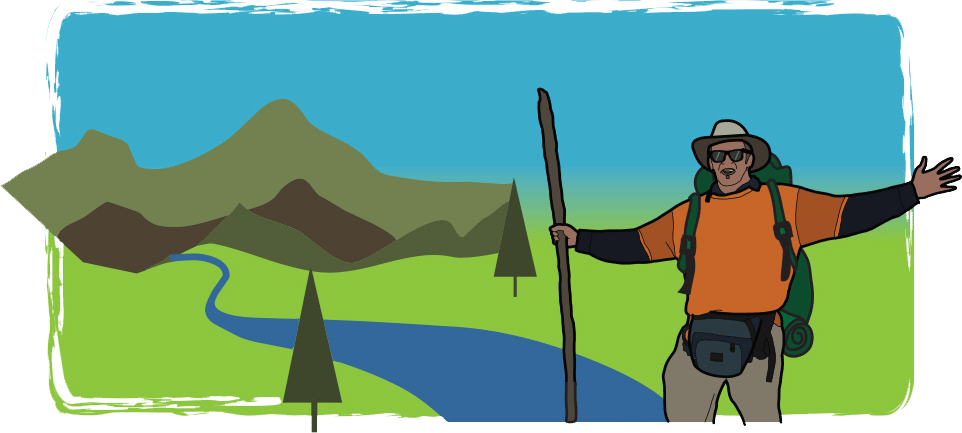
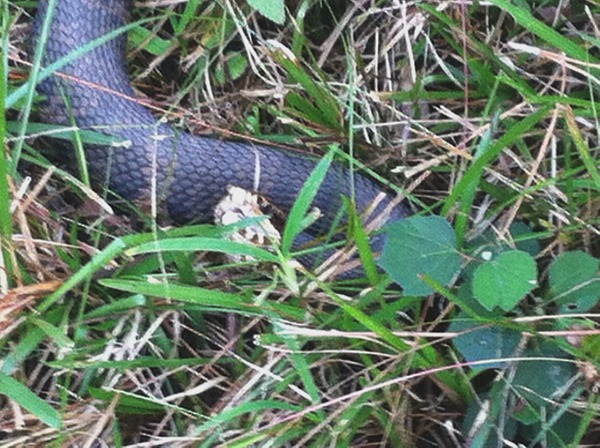
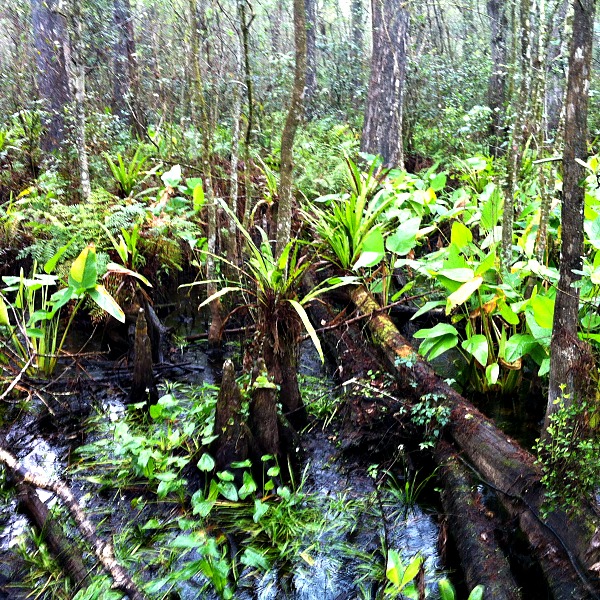
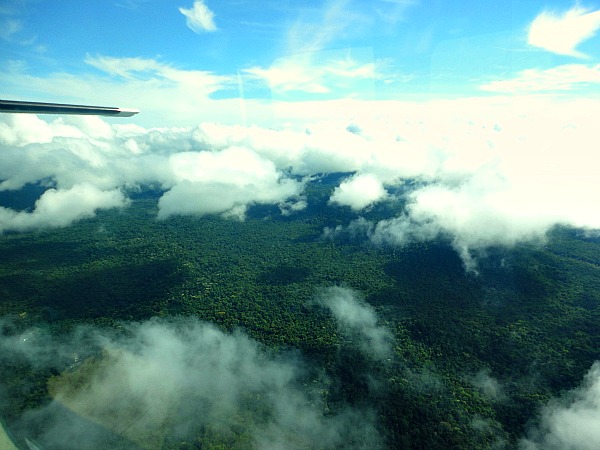
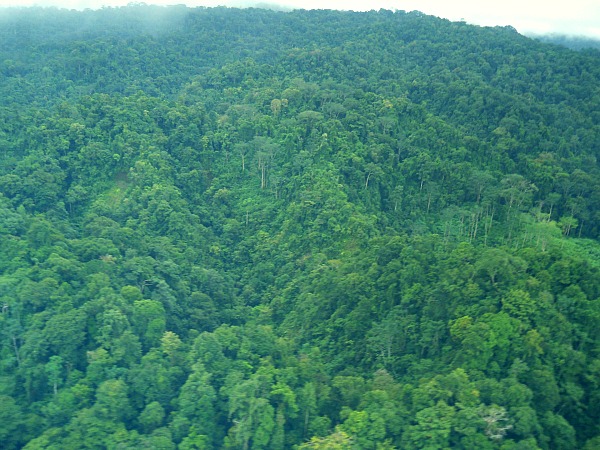
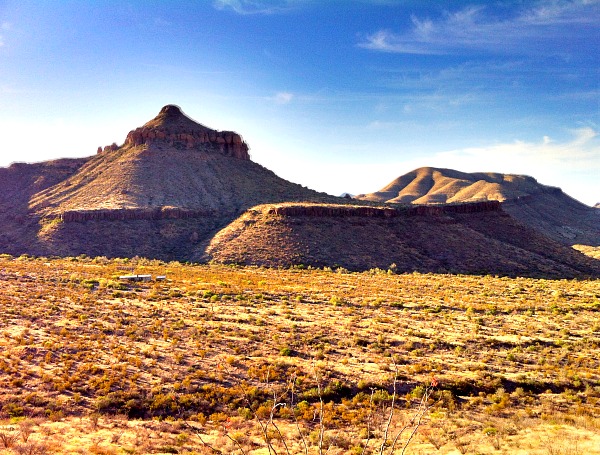
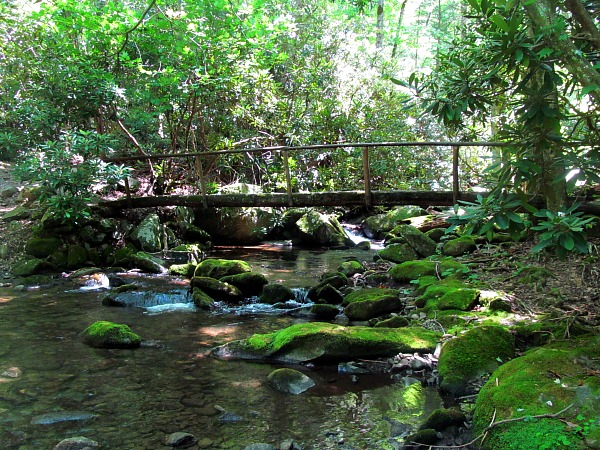

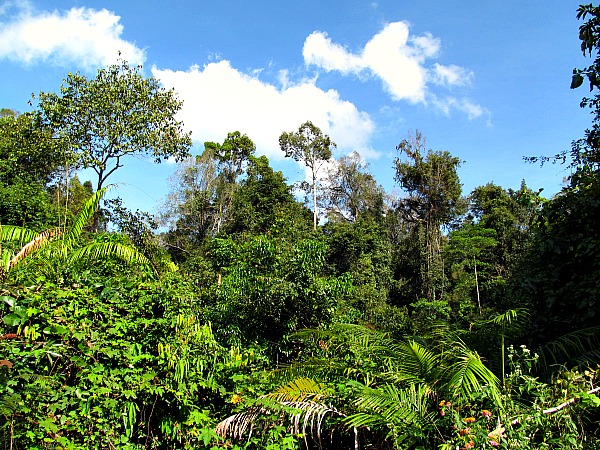
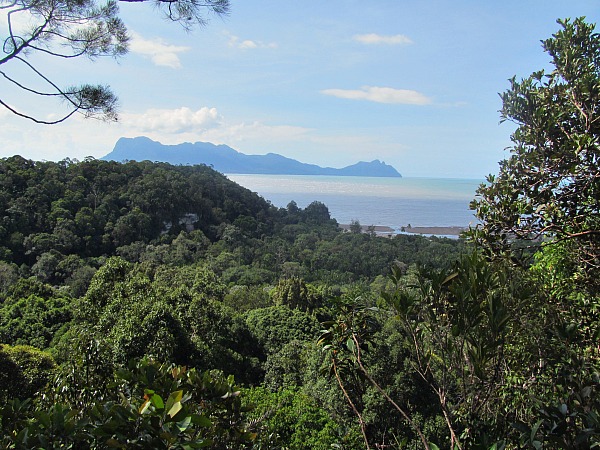

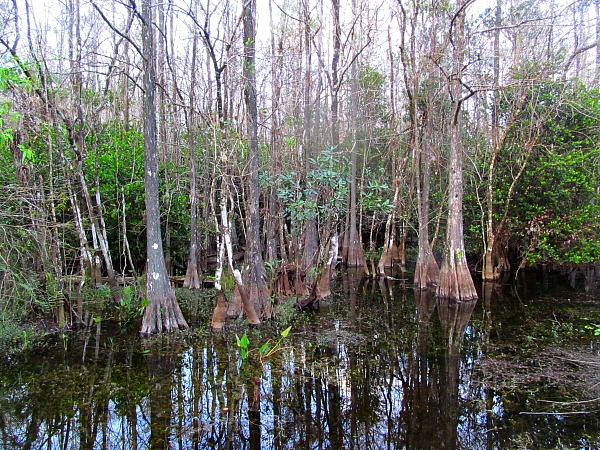
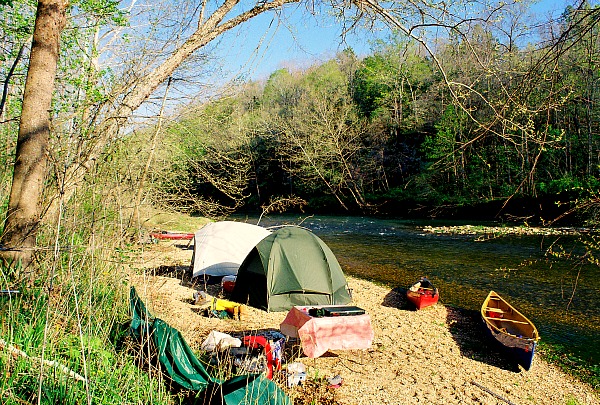

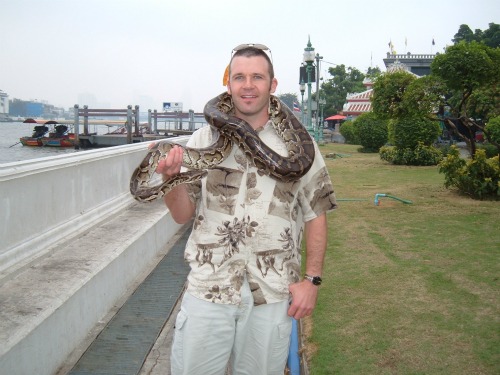
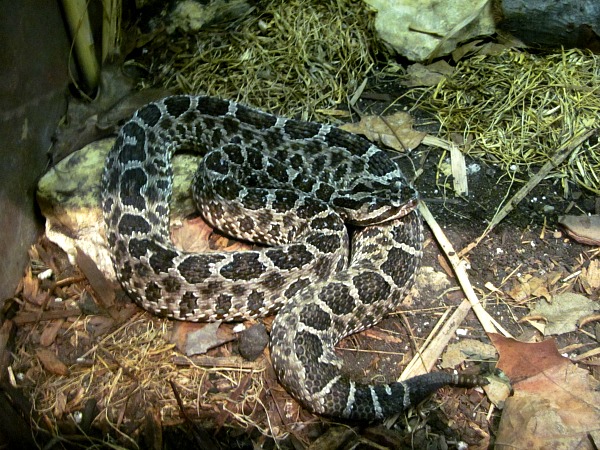

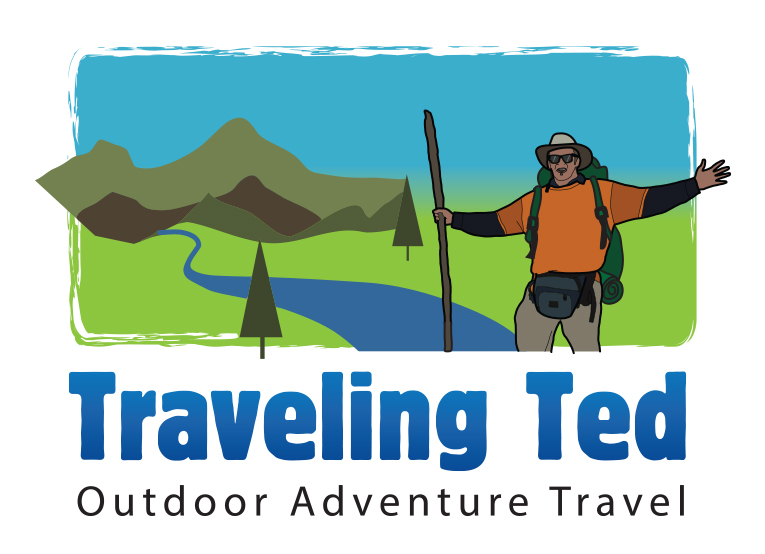
A well written piece! The dangers of snakes, as with other wild animals, are often overblown. That said, it’s best not to underplay them either! The type of environment you travel through is likely to increase or decrease the danger of getting harmed by them. Ever thought of doing a piece on spiders?
Dave Briggs recently posted..Get Ready For Winter Cycling
Thanks Dave,
I could definitely see a sequel with the subject being spiders. They are most of the time less dangerous, but just as feared and more common to run into than a poisonous snake.
Very helpful post. I can see you passion in outdoor travel and it is a fact that seeing wild animals like snakes is inevitable. Glad you shared all your learning from your outdoor travels.
Nichelle recently posted..Travel Blogger Interview – Jessie on a Journey
Great post – coming from Australia, we’re well versed in the dangerous of snakebite and how to deal with them, actually it’s a mandatory part of all first aid courses throughout the country! Though always found it ironic that never once did I come into contact with a snake in Australia, though I’ve now had many near misses from hiking in Florida.
Thanks Ted!
Meg @ Mapping Megan recently posted..Cities With Multiple Airports
Interesting that Florida is the hot zone for poisonous snakes. Not unusual I guess, since there is so much urban sprawl, which makes the confrontation between man and snake more common.
I like that the caption under your cottonmouth photo says taken with zoom haha! You definitely don’t want to get too close to those babies.
Great topic! Glad you wrote it, this is important information.
JP recently posted..10 Movies That Inspire Travel
Nor get too close to any dangerous snake. I definitely will always give them their space.
Ahhhh My absolute biggest fear! Great article.
Sarah recently posted..Talking to Kids about Parliament Hill Attacks
Thanks Sarah. Fortunately, snakes are not that common.
Excellent information and images Ted! I like that you shared some stats too. Thanks for sharing!
Erika recently posted..Whatâs in my pack: A seriously rugged camera
Thanks Erika. I am sure you are a dangerous snake expert having lived so long in Florida.
I’ve been debating a recent trip to Big Bend next week, seeing as how it’s Spring and all animals (snakes included) are out and about. I’ve lived in East Texas the majority of my life, and have only encountered a snake twice this year. I don’t want the third time to be the charm while on the Big Bend trip! While I’ve always wanted to visit BB and I want to accompany my fiancé (he and a group of close friends are spreading the ashes of another friend), he’s thinking it might be best if I stay due to my extreme phobia. I was hurt at first (oh, it was a huge deal), but am seeing the reason in his suggestion now.
I don’t want to limit my travel due to this phobia, but I don’t know how to control it. Any suggestions?
I have been to Big Bend twice and have not seen a snake. I think if you are with a group of people, the likelihood of seeing a snake is even more remote. I think the best way to deal with it is to confront it. If you stay home then the phobia wins.
Thank you for reminding us not to be terrified of snakes. I know a lot of hikers and not one of them has ever been bitten. Like Ted says above, confront your fear.
Thanks Hannah for the comment. No need to be terrified, but definitely necessary to be on the lookout when hiking in poisonous snake country.
People just need to be aware that snakes can be dangerous and to be careful in their territory.
Cheers Sharon…
Sharon recently posted..PowerBreather Snorkel – Laps & snorkeling will never be the same!
Yep, you have to be aware.
Most snake bites occur when people try to move or kill a snake. The closer you get, the more likely you are to suffer a bite.
So true. Best just to leave them alone.